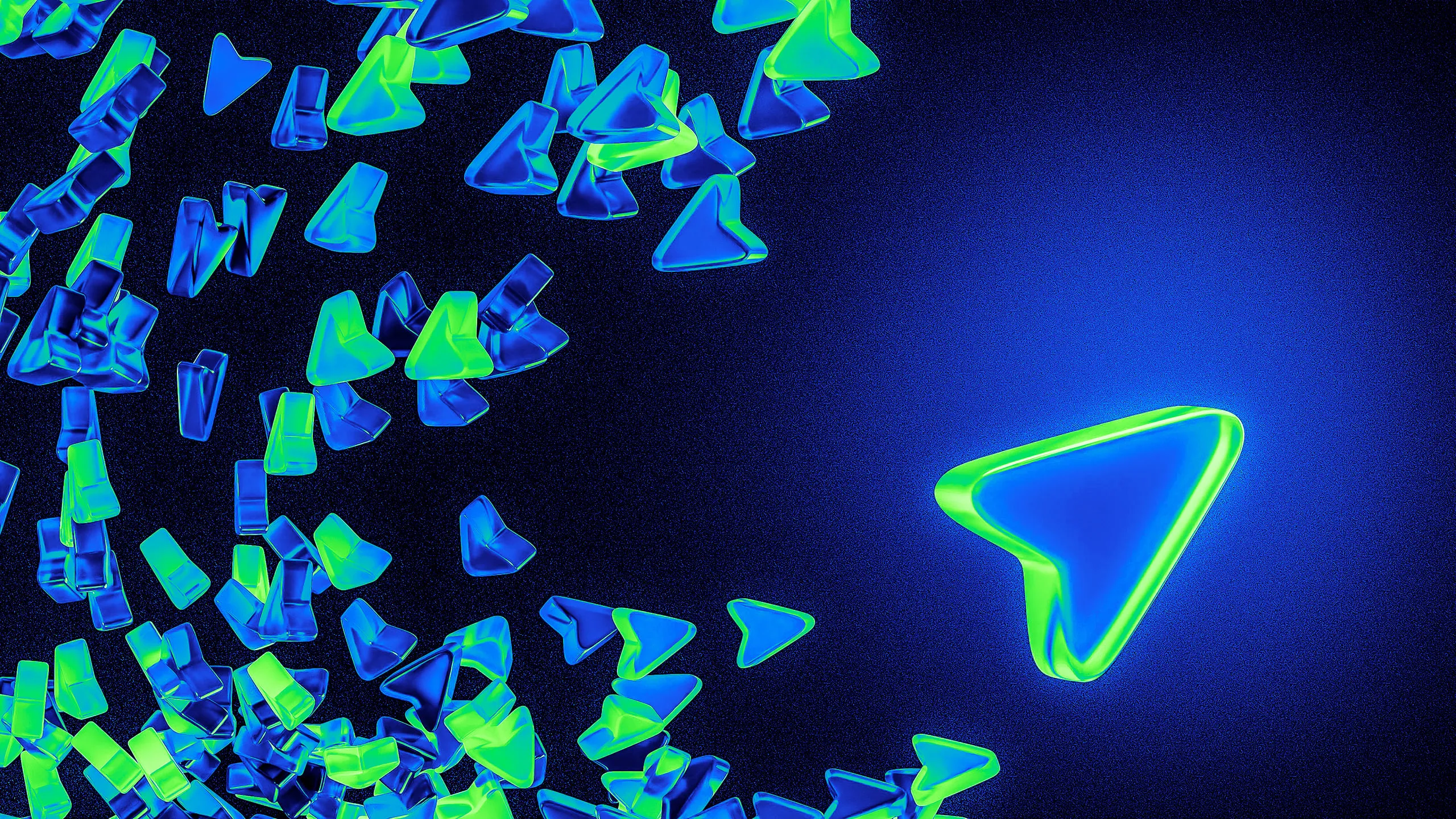NATO Innovates with Matrix for Decentralized Communications Amid Growing Cybersecurity Concerns

Innovation in NATO's Communication Strategy
NATO is doubling down on cybersecurity at a time when hacks are at an all-time high. The organization is trialing what it calls a NATO Interoperable Instant Communication Environment (NI2CE for short), developed by Matrix, the self-described open network for secure, decentralized communication.
Details and Adoption of the NI2CE
Details of how the NI2CE system works were outlined by Jeroen Franssen, a community manager in the Innovation Branch of Allied Command Transformation in NATO, at a recent conference for Matrix users in Berlin. Franssen states, “We are allowed to experiment, and to explore.” The proof of concept is currently limited to around 700 users across NATO before a broader rollout.
- Franssen oversees the project, which started with a limited number of users.
- Many member states have adopted Matrix tech informally, recognizing its open-source and encrypted nature.
- This adoption has led to a community of interest within NATO for coordinating communications.
Matrix's Features and Benefits
Countries such as Germany, France, Poland, and the U.K. utilize Matrix due to its adaptability and security. The technology facilitates one-to-one communications like WhatsApp, as well as team interactions similar to Teams or Slack.
- Efforts to create secure model gateways for linking various deployments together are ongoing.
- NI2CE’s adoption promises safe instant messaging without data leaks.
- The federated nature of Matrix eliminates single points of failure during cyberattacks.
At the Berlin conference, **Matrix** was launched in version 2.0, focusing on a user-friendly interface to attract broader audiences. The ultimate goal for Matrix is to eventually replace traditional phone networks with its decentralized architecture.
This article was prepared using information from open sources in accordance with the principles of Ethical Policy. The editorial team is not responsible for absolute accuracy, as it relies on data from the sources referenced.